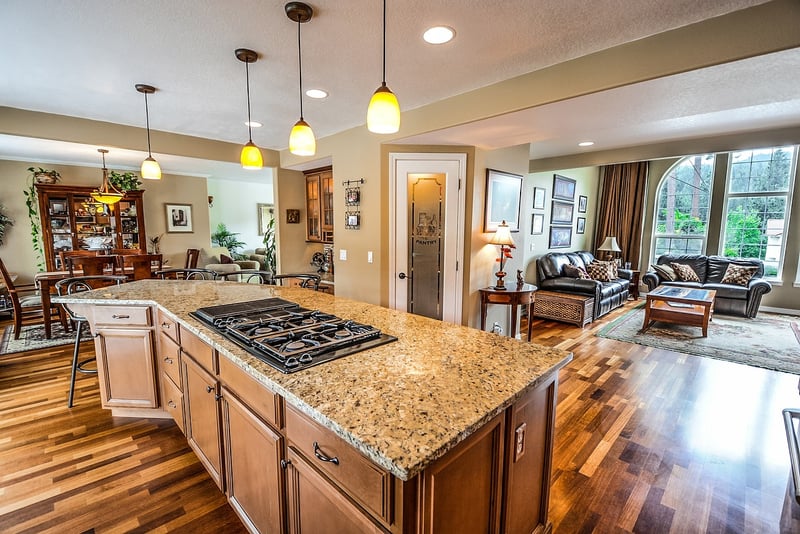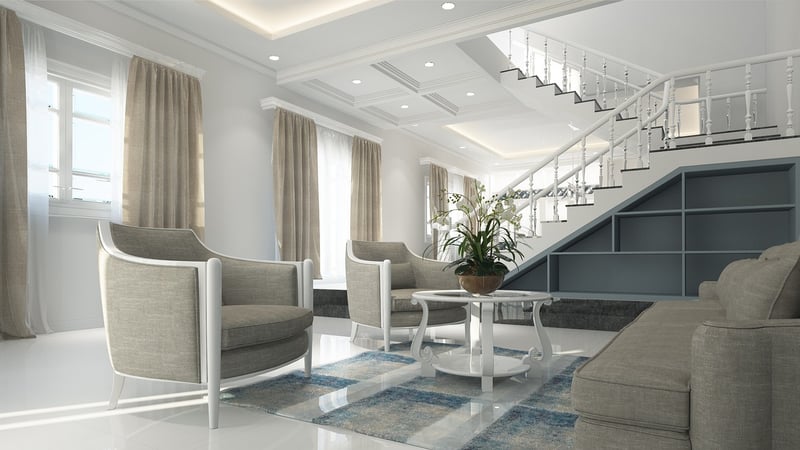Green Interior Design
Greening Your Living Space with Eco-Friendly Interior Design

Incorporating eco-friendly practices into your living space not only benefits the environment but also creates a healthy and sustainable home for you and your family. Green interior design focuses on using materials and techniques that have minimal impact on the environment while maximizing energy efficiency and indoor air quality.
Benefits of Green Interior Design
- Reduces carbon footprint
- Improves indoor air quality
- Conserves natural resources
- Promotes sustainability
- Creates a healthier living environment
Tips for Green Interior Design
- Choose sustainable materials such as bamboo, cork, reclaimed wood, and recycled glass.
- Opt for low-VOC (volatile organic compound) paints and finishes to reduce indoor air pollution.
- Maximize natural light to decrease the need for artificial lighting and save energy.
- Invest in energy-efficient appliances and lighting fixtures to lower energy consumption.
- Incorporate indoor plants to improve air quality and add a touch of nature to your space.
Green Interior Design Trends
From biophilic design to upcycled furniture, green interior design trends continue to evolve to meet the growing demand for sustainable living practices. Embracing these trends not only enhances the aesthetics of your space but also contributes to a greener planet.
Conclusion
By implementing green interior design principles in your living space, you can create a harmonious environment that promotes well-being and sustainability. Start small by making simple changes and gradually transform your home into a green oasis that reflects your commitment to environmental conservation.
References: Green Interior Design
